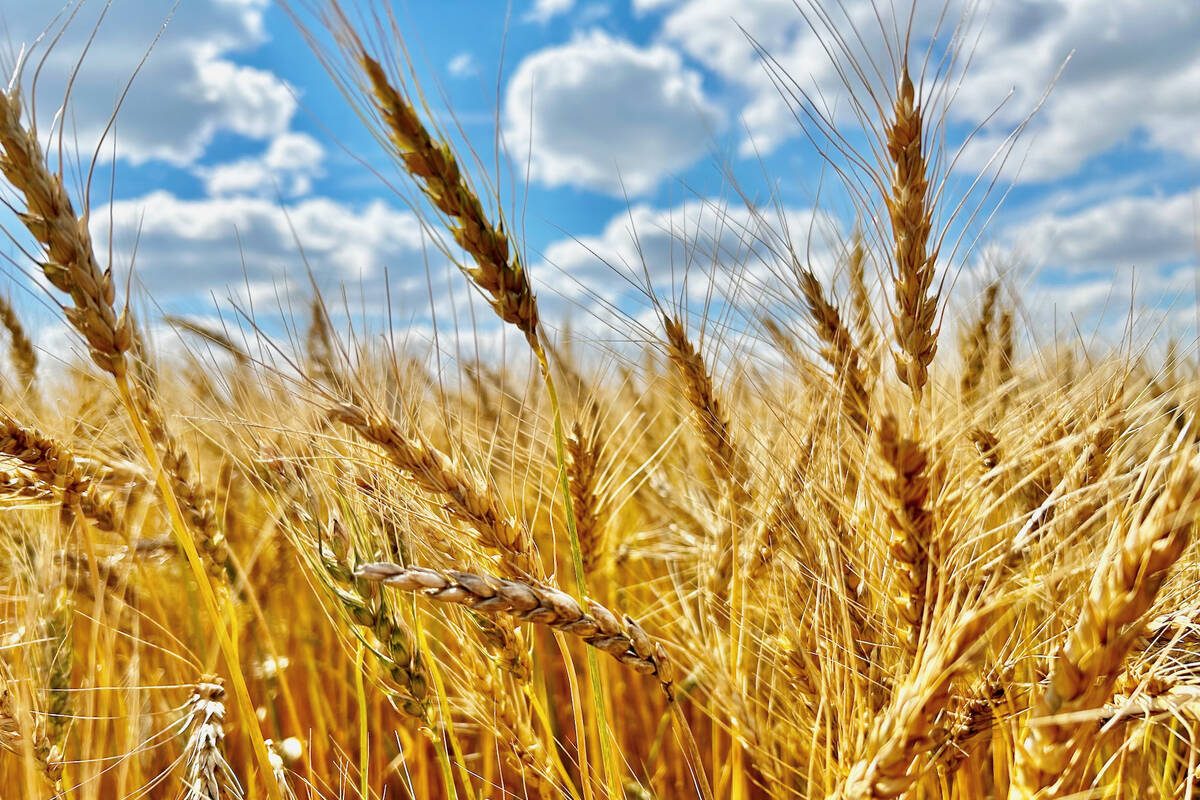Chicago | Reuters — U.S. corn futures fell to their lowest in nearly three weeks on Thursday as rains bolstered production prospects in the Midwest and traders braced for key acreage and stocks data due Friday from the U.S. Department of Agriculture.
Wheat followed corn lower, pressured by a stronger U.S. dollar, which tends to make U.S. grains less attractive on the world market. Soybean futures ended mostly higher.
Read Also

Expana lifts EU cereal forecasts, maize exceeds expectations
Expana has raised its monthly grain production forecast for European Union crops for the 2025/26 season, projecting soft wheat output will hit a record high and barley a 17-year high.
Chicago Board of Trade most-active December corn settled down 8-1/4 cents at $5.28-1/2 per bushel after hitting $5.26-1/4, its lowest since June 9 (all figures US$).
CBOT September wheat ended down 2-1/4 cents at $6.67-1/2 a bushel.
August soybeans finished up 6-3/4 cents at $13.67-3/4 a bushel and new-crop November soybeans settled up 3/4 cent at $12.65-3/4. Both contracts stayed inside of the previous day’s trading range.
Traders await USDA’s quarterly stocks report on Friday, in which analysts expect the government to report smaller June 1 supplies of corn, soybeans and wheat compared to a year ago. USDA will also release updated U.S. acreage estimates.
“This morning’s trade is focused on the possibility that we’ll see soybean stocks come in a bit tighter, while corn stocks might surprise to the high side,” StoneX chief commodities economist Arlan Suderman wrote in a client note.
“Export sales for both (crops) continue to be weak, but soybean stocks are already much tighter, giving less margin for error,” Suderman added.
In its weekly export sales report, USDA pegged old-crop corn sales in the week to June 22 at 140,400 metric tonnes, down 16 per cent from the prior four-week average. Export sales of old-crop soybeans totalled 227,400 tonnes, down 28 per cent from the prior four-week average.
Meanwhile, storms were crossing from eastern Iowa into Illinois, bringing much-needed moisture to the developing 2023 corn and soy crops. Some 70 per cent of U.S. corn production was affected by drought as of June 27, USDA said, up from 64 per cent a week earlier.
A series of rain storms forecast over the next two weeks in the southern and central Midwest could help stabilize or improve crop conditions and recharge soil moisture just ahead of the corn crop’s critical pollination period in late July.
— Reporting for Reuters by Julie Ingwersen in Chicago; additional reporting by Gus Trompiz in Paris and Enrico Dela Cruz in Manila.
















